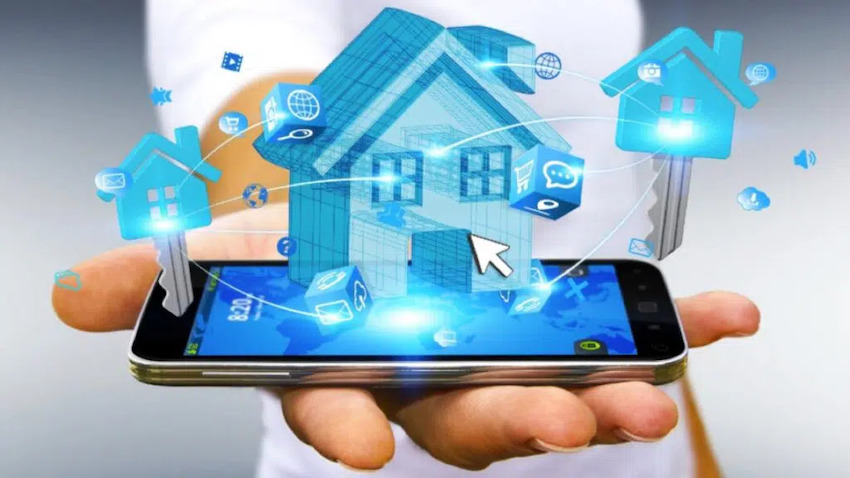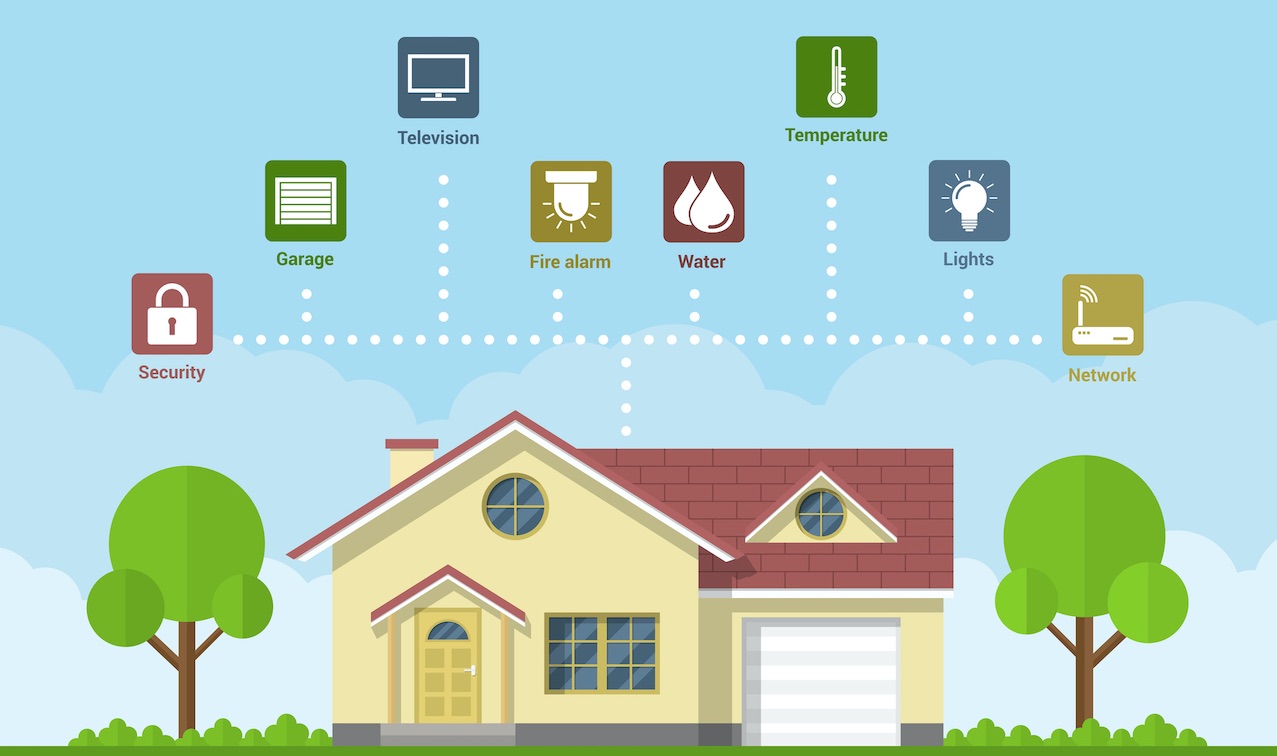How is the state of health of the smart homei.e. that set of devices that makes everything easier at home (and makes us lazier and less dynamic?).
The Internet of Things Observatory of the School of Management of the Milan Polytechnic tried to answer. Which on Friday 17 February made the data of its annual research public.
Two opposite thrusts
Revolut: Your Online Account. Try Now
As can be read on the page dedicated to the event in which the report was presented, 2022 was marked by two opposite thrusts.
On the one hand, “the frequent increases in the cost of energy, combined with incentives and bonuses, have prompted consumers to pay more attention to their consumption, exploiting – in part – even smart technologies for the home.”
But on the other, “the emergencies caused by the shortage of semiconductors and raw materials continued, as well as by strong instability along the supply chains, which partially put a brake on market development, causing significant lost sales in the wake of what was already occurred in 2021.”
So, in Italy, what are the smart home numbers in 2022?

Smart home numbers in 2022
It seems that the numbers of the smart home in Italy, for 2022, have been flattering.
He indeed scored the highest growth rate among European countries: +18% which is equivalent to 770 million euros. The growth rate of Spain was +10% (530 million euros), of the United Kingdom +4.1% (4 billion euros), of France +2% (1.3 billion), even Germany (-5%, 3.7 billion euros).
Strong growth, still low numbers
The strong percentage growth is certainly a comforting fact.
But that must be weighed against others. The per capita expenditure for the smart home, for example, is still very low in our country. The commitment in Italy is 13 euros per inhabitant, one sixth of that of US citizens (59.6 euros per inhabitant). We are also far from the United Kingdom (61.6 euros per inhabitant) and Germany (44.5 euros per inhabitant).
According to the research, net of the semiconductor crisis, the expansion of our market could have been 33%.
The Italian market
The Italian smart home market is mainly made up of four cost items.
The first includes boilers, thermostats and connected air conditioners for heating and air conditioning (155 million euros). This is followed by security solutions (150 million euros), connected household appliances (140 million) and smart speakers (137 million).
Smart home and savings
A fundamental point is that of the savings associated with the use of smart home devices.
That could reduce annual energy consumption by 23% for heating and 20% for electricity.
In concrete terms, around 330 euros for a two-room apartment of 70 square meters, and up to 460 euros for a three-room apartment of 110 square meters.
But this eventuality is not yet too well known. In fact, if 81% of Italians adopt virtuous behaviors (81%) or buy devices and appliances that consume less (42%) to save money, only 17% use smart objects to monitor consumption in real time, and the 11% use them for heating and cooling.
The use of the app
63% of Italian consumers with connected objects at home frequently use smart features (+2% compared to 2021).
The App is the main interface (72%), and the number of consumers able to independently activate apps associated with smart objects is growing by 24% (78%).
34% use a single app to manage multiple devices (+11% compared to 2021), in most cases of the same brand (22%, +6%), but in 12% of cases (+5%) also of different brands.
The comment
Giulio Salvadori, director of the Internet of Things Observatory, commented on the data.
Salvadori said: “2022 has brought about great changes in terms of supply and demand for smart solutions for the home. The increase in energy prices has prompted consumers to pay more attention to their consumption, also partly exploiting smart technologies.
On the supply side, we are witnessing the repositioning of some of the main players on the market, with strategies that increasingly focus on energy saving. At the same time, the offer of new smart services for the home is being strengthened, with new business models on the launch pad, and the role of ecosystems is evolving, with Matter at the forefront of the most relevant initiatives.
Even in the last twelve months, the shortage of semiconductors and raw materials has continued, which has partially slowed down the development of the market”.















Leave a Reply
View Comments